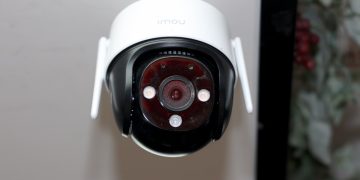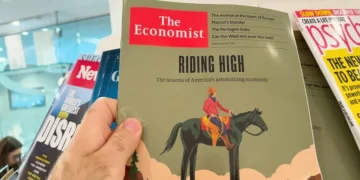
The graphic and communication design industry is ready for creative destruction. Over the last two decades with the emergence of increasingly powerful computers, digital cameras, and artificial intelligence, including Adobe’s suite of creative software, technology has since made design easier more productive for all designers. With the latest round of AI-based technological innovations this past year, many have wondered whether the days of professional graphic designers are numbered due to AI’s increasing capabilities. The question frequently posed is, ‘Will generative AI replace designers altogether?’
AI-generated art is quickly appearing everywhere on the web. With DALL-E 2 and Midjourney V6 being released, generative AI is taking things to the next level with the next turn looking at the inclusion of 3D and video features. The programs allow anyone to create complex visual works by typing text into a prompt box. If anyone can write a text prompt, can anyone take the place of a graphic designer? The question remains to be answered. Coolab.ai has been working on a prompt-to-design platform for the past 5 years, and the app is now open to the public. Generative AI will impact the design industry but if history can teach us anything it’s that designers will adapt to these new tools rather than face extinction. Design work will likely become data-driven and heavily automated. Their latest studies have shown that 90% of design output will likely become the work of generative AI. 78% of survey respondents believe that they will be using Ai for design within the next 12 months.

The participation of AI in design is not easy to consider since there are aspects in both productivity and creativity to manage. AI can drastically simplify the process of restoring pictures, adding or deleting objects within a picture, and improving qualities with thanks to user-friendly AI enhancement tools. AI can also generate inspirations and moodboards, saving time to be spent on Pinterest or sourcing from magazines.
Designers have embraced digital technologies and the quality and efficiency of design work have improved as a result. However, technologies have remained as tools. Designers still need to come up with ideas, communicate concepts, and make adaptations for final use. Generative Ai is far more than just another powerful tool; it can translate ideas into a finished design, test it on chosen target audiences, refine the design, write the copy, create multiple formats for different medias, and even draw brand guidelines based on past designs.

Generative AI will become the great equalizer when it comes to design. It will allow many types of users to participate and enable users trained in other disciplines than design to engage in the design process. Coolab.ai has shattered the misconception that template-based design is uninspiring and overused. They have unequivocally demonstrated that stunning design can be achieved swiftly and affordably. Coolab.ai represent the next generation of design platforms to rival the highly popular Canva with coolab.ai‘s AI-generated, art-inspired, studio grade designs. And the best part? It’s entirely free – no paywalls and no premium content.





























